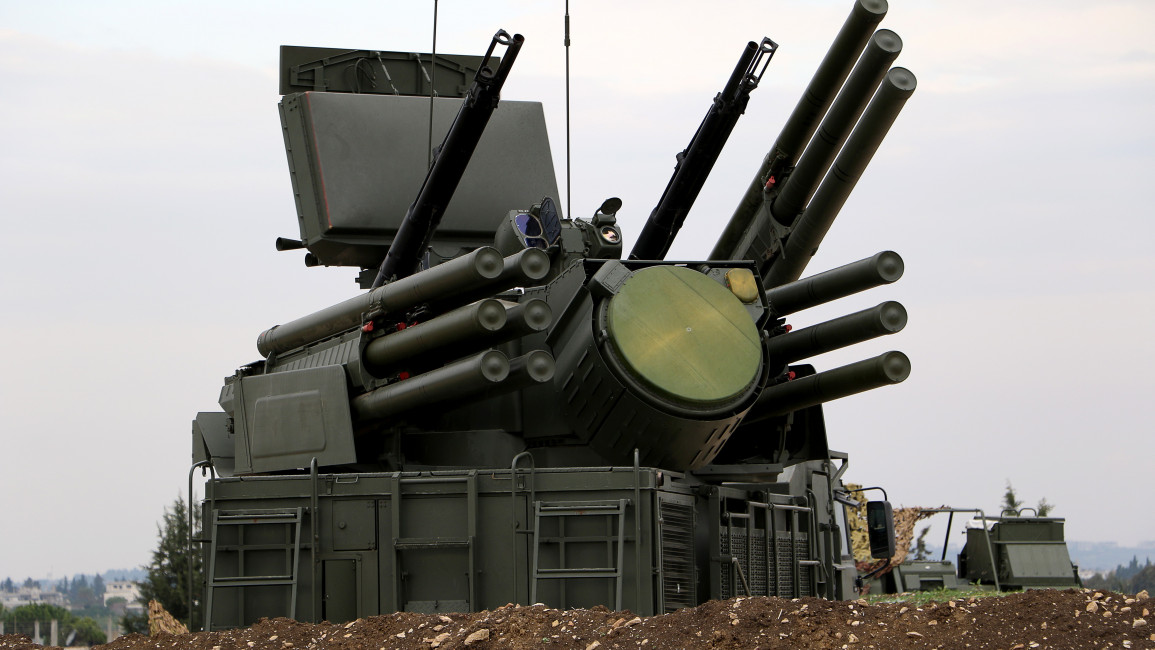Russia gives Syrian army MANPAD air defence training
Russian military instructors are in Syria giving government forces a training course on how to use new air defences, the mobile Strela-2 surface-to-air missile system.
Russian state-controlled outlet Russia Today (RT) reported on Tuesday that Russian trainers were teaching Syrian air defence units how to use the Man-Portable Air Defence (MANPAD) system “as quickly as possible.” The outlet went on to say that, typically, training for this system takes up to six months, but a “special training program” had been developed to teach the Syrians in just 15 days.
Strela-2 missiles are an air-defence system designed by the Soviet Union in the 1960s. The system is a type of MANPAD that can be fired from the shoulder, and is designed to target low-flying aircraft. Syrian opposition-fighters have previously used MANPADs to destroy army helicopters.
The training comes amidst a step up in Russian military activity in Syria over the past month. Russian and Syrian fighter-jets conducted joint patrols across the country on 24 January, most notably along the Israeli-occupied Golan Heights. Russian troops also conducted patrols of its Hmeimim airbase near Latakia, and additional training of Syrian air defence units earlier in January.
Analysts have suggested that the increase in Russian activity could be a warning to Israel. Israel has targeted the Port of Latakia twice in recent months, just a few kilometres away from the Russian base in Hmeimim.
Previously, while conducting frequent airstrikes in Syria, Israel targeted Iranian positions but refrained from striking close to Russian assets.
Others have suggested that the Russian moves are aimed at NATO over the mounting tension between the two in Ukraine.
Syria’s current air defence system is Russian supplied, with Moscow gifting Damascus with the long-range S-300 missile defence system in 2018. Russia has also deployed Pantsir air defence systems in the country, which provide medium to short-range air protection.
Despite the presence of the air defence systems, Israeli jets and attack helicopters have targeted positions within the country with relative impunity over the past decade. In many cases, Israel launches its airstrikes from within its own borders, especially when targeting positions close to the Golan Heights.
Some analysts argue that this is due to a tacit agreement between Russia and Israel which allows the latter to conduct airstrikes in the country as long as Russian assets are not targeted. Others point to the low technical capacity of the Syrian army and its aging weaponry as the reason behind Israel’s ability to strike seemingly at will within the country.
The Israeli government rarely admits to conducting airstrikes, but has objected publicly to Iran’s continued presence in Syria.



